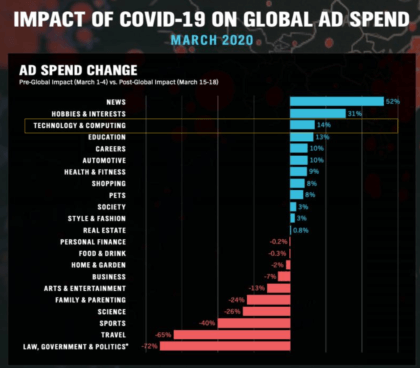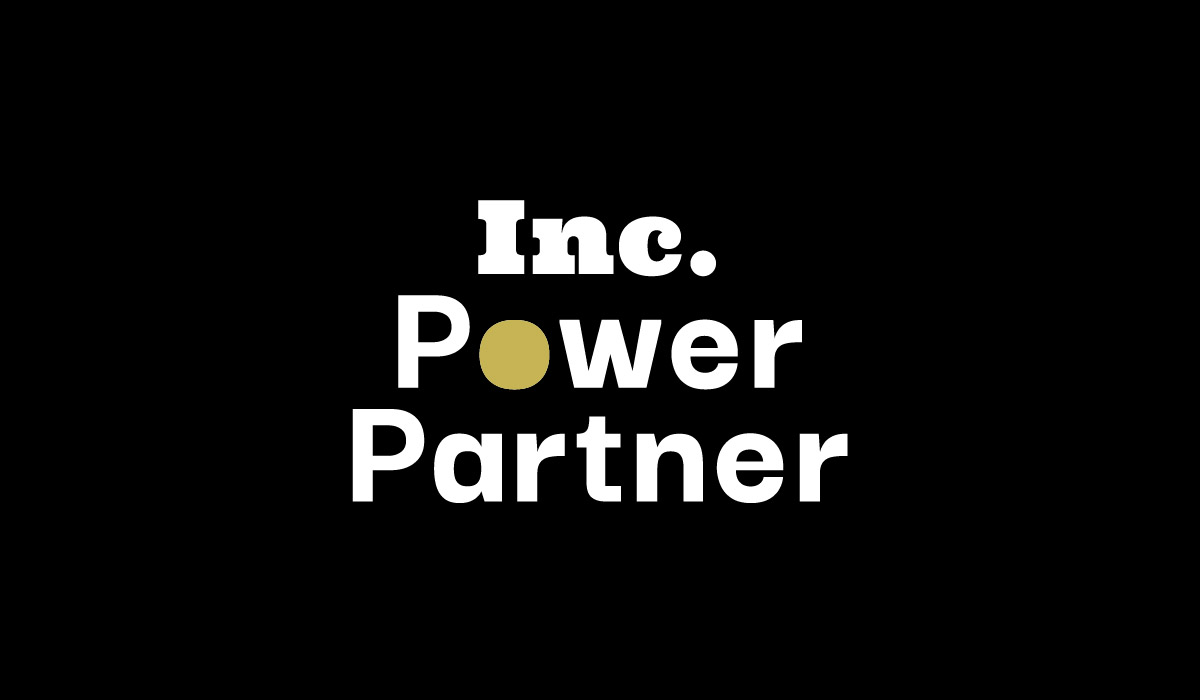By : Kim Chrystie, Sr. Director of Strategy at Media Matters Worldwide
COVID-19 has been wreaking havoc across the globe, with people practicing “social distancing” and staying home as much as possible. Let’s take a look at how this will affect your B2B marketing strategies.
PR AND MARKETING NEED TO WORK TOGETHER
As businesses, we need to know how to properly communicate with our customers based on our individual strategies. We must recognize that our PR and marketing efforts need to adapt and work together during this time.
Stay Relevant to your Audience: Look for ways to address the needs and concerns of your audience, including how you can support the workforce which is now suddenly almost exclusively remote. For example, Zoom, Microsoft Teams, and Slack have tripled their ad spend promoting their remote communications tools*.
Cease Nonessential Press Releases and Launches: Press releases and launches are a key part of any B2B strategy. But now is not the time for your latest announcement. People are focused on the current situation, not your company news. So put off that launch for now.
Examples: There have been several examples of companies changing their manufacturing plants, distribution, etc. to help during this time. Last week Dropbox issued a press release that they’ve joined with 25 Silicon Valley tech firms to donate $22M to various organizations helping during the crisis. SAP Ariba published an article on how they helped a customer find 500 hospital beds in just 30 minutes for a temporary media facility. The billboard pictured here was updated by Poly to show their support for their customer and the community, maintaining their brand presence while being relevant to the current situation.

Focus Online
With in-person events off-limits, look for ways to do things online to support your B2B marketing strategies. Create virtual events and webinars that people can log into from the comfort of their home. Do a live video on Facebook, Twitter, or Instagram to engage your audience. Take time to produce videos that will benefit your strategy even after COVID-19 dissipates.
Build up your Social Media: Social media is a mainstay for everybody staying at home during this time. And it’s something that you can work on and improve in the background. Make sure all of your information is up to date. Look for ways to spice up your social profiles and feeds. Upload pertinent content that keeps you and your brand top of mind, but also speaks to the needs of your audience.
Optimize your Digital Spaces: Clean up and refine your blogs and websites, as well as SEO, to ensure your current content is as visible as possible. Update old information. Analyze your strategy and adjust your tactics and budget accordingly.
EMAIL VS. TELEMARKETING
The odds stacked against telemarketing have escalated in 2020 with the spread of the COVID-19 pandemic. When the governor of New York, Andrew Cuomo, declared a state of emergency, unsolicited telemarketing calls during the period were also prohibited, stating that telemarketing during emergencies could hinder the state’s resident’s ability to access safety information. Even in states where telemarketing is not banned, it is difficult to reach your target audience when many are working from home.
Roadblocks for telemarketing open the door for email marketing as B2B marketers begin to review their ad spending. Email already has many advantages, including:
- Targeted and personalized emails have a 74% high chance of customer engagement
- Customers respond more positively to personalized emails than telemarketing
- With email, there is the potential for follow up when the initial response bears no fruit
Personalize your emails, content, and website to enhance customer loyalty, experience, and engagement.

With COVID-19, marketing teams have more challenges than ever before in maintaining their sales pipelines, mitigating business impact, and continuing growth during this health and logistical crisis. The good news is ad spending is actually up in some industries, including tech.
Here are some tips to help the B2B tech market continue to grow, and so other industries can bounce back as quickly as possible.

LESSEN THE IMPACT ON PIPELINE
Start with LinkedIn: 95% of B2B marketers are already using LinkedIn to grow their businesses. Find your dream customers and connect with them on LinkedIn.
Convert your existing communications into video: Video will drive engagement on social media while also offering an alternative to in-person communications.
Start a podcast: Podcasts are the fastest growing content in B2B. 74% of people say they listen to podcasts to learn new things. Create podcasts to teach your prospects more about your products and services while connecting remotely.
Bring back the Webinar: 73% of B2B marketers now say webinars are the best way to generate high-quality leads.
Implement ChatBots: We’re moving toward a place where 85% of customer interactions take place without a human conversation. Chatbots use artificial intelligence and make sure your sales and marketing operation is staffed 24/7.
IMPACT OF REMOTE WORKERS ON ABM CAMPAIGNS
B2B marketers have become much more efficient by executing targeted account based marketing programs. These programs rely on being able to reach potential customers at targeted companies using data partners to drive promotions. In many cases, data partners can also gauge intent and identify surging accounts and prospective customers. So if those targeted people are now working remote, can they still be reached? The short answer is “yes”. Most data partners use a variety of data points when determining a target’s domain including:
- IP Address (which will be the same for a remote working dialing into their company’s VPN)
- Publisher Registration Databases
- Offline Partners
Some vendors are seeing a slight decline in being able to hyper-target specific targeted accounts, mostly SMB’s. However, due to the increase in online users, vendors are seeing in increase in digital activity of up to 50%. You can also be more efficient with your dollars by focusing on industries that are seeing growth during this time (healthcare, biotech, etc.), and avoiding slower industries (travel, hospitality, food/restaurants).
WHAT WE ARE SEEING FOR OUR CLIENTS
Here are some trends we’ve seen for our B2B client during the last 2 weeks of March:
- Due to increased activity in social, our campaigns on Facebook saw almost a 20% drop in CPM, with a lift in click-thru rate and engagement
- After an initial bump in CPM, LinkedIn rates started to level off with click-thru and engagements performing almost 20% better
- Our targeted account campaigns have also seen a lift of about 20% inactivity
- Some clients have seen a large bump in web traffic, including about 26% increase in new sessions
Learn more about how our pay per click advertising agency can help you.




